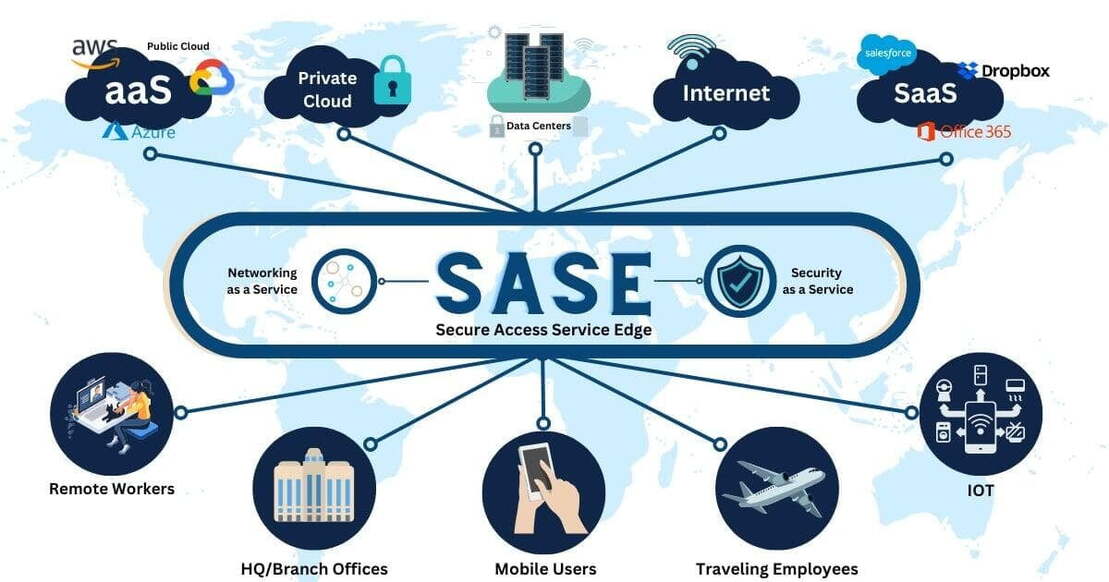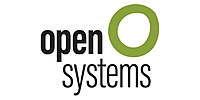SASE converges enterprise-grade networking and multi-layered security into a single cloud-based service.

- Next-Generation Firewall (NGFW)
- Zero Trust Network Access
- Cloud Access Security Broker
- Secure Web Gateway
- SD-WAN
Additional components you may also find in some SASE provider offerings might include: Endpoint Detection and Response, sometimes also referred to as Managed Detection and Response, Secure Email Gateway, Cloud Sandbox, Web Application and API Protection as a Service (WAAPaaS), and other handy security and networking systems.
Be Ready for Whatever Happens Next
“Customers demand scalability, flexibility, low-latency, and ubiquitous security; all in a simple platform. This forces service providers to innovate. The convergence of the WAN edge and network security markets has arrived.”
It's time to get SASE.
Reduce network-related complexity and costs
Improve performance and reduce latency
Enable new digital business scenarios
Enhance user experience, anywhere
Increase effectiveness of network and security staff
Lower operational overhead
Get unified, zero-trust security, everywhere
Not all SASE is created equal













Cloud 9: Vendor-Neutral SASE Experts
To learn more about the profound effects SASE could have on your business contact Cloud 9. The only truly vendor-neutral SASE expert.
Software Defined Wide Area Networking (SDWAN) is an revolutionary approach to connectivity and quickly becoming the de facto standard. SDWAN offers companies of all sizes a bulletproof connection strategy. Plus offers simplified management, quick turn-up, prioritized & optimized application performance, improved resiliency, and cost savings when compared to traditional WAN technologies, like MPLS.
Secure Access Service Edge (SASE), represents the convergence of SDWAN and a next-generation security functionality. A full SASE stack generally will consist of a next-gen firewall (NGFW), cloud access service broker (CASB), zero-trust network access (ZTNA), software web gateway (SWG), and of course, SDWAN.


